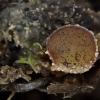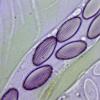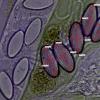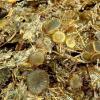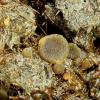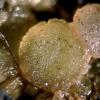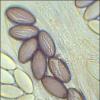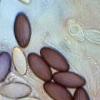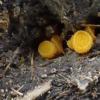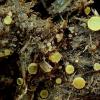
24-12-2025 17:08
Hulda Caroline HolteHello, I have found this propoloid ascomycete on

21-12-2025 09:32
Hello.A tiny ascomycete found embedded in wood in

21-12-2025 21:32
Pol DebaenstHello, Garden, Burgweg 19, Veurne, BelgiumOn 10/1

22-12-2025 23:38
Patrice TANCHAUDBonsoir, récolte sur un mur en pierre, apothéci

22-12-2025 00:47
Patrice TANCHAUDBonsoir, récolte à proximité du milieu dunaire
Yet another Ascobolus
Christopher Engelhardt,
30-10-2016 20:46
 today, yellowish flat cups on cow dung
today, yellowish flat cups on cow dungSpores 26-29 x 11,5-13,5 µ
see photographs
Thank you!!!
Chris
Peter Püwert,
30-10-2016 22:43
Christopher Engelhardt,
31-10-2016 07:18
Peter Püwert,
31-10-2016 10:21
Re : Yet another Ascobolus
Hi Christopher,
if one can allows to mature the Apos them also microscopic as an Ascobolus furfuraceus are recognized. Possibly in the middle Pseudombrophila coprina and Coprotus disculus are to be seen still.
Greetings Peter.
Edit: I had considered your photo too superficially, there Cheilymenia could also hide itself.
if one can allows to mature the Apos them also microscopic as an Ascobolus furfuraceus are recognized. Possibly in the middle Pseudombrophila coprina and Coprotus disculus are to be seen still.
Greetings Peter.
Edit: I had considered your photo too superficially, there Cheilymenia could also hide itself.
